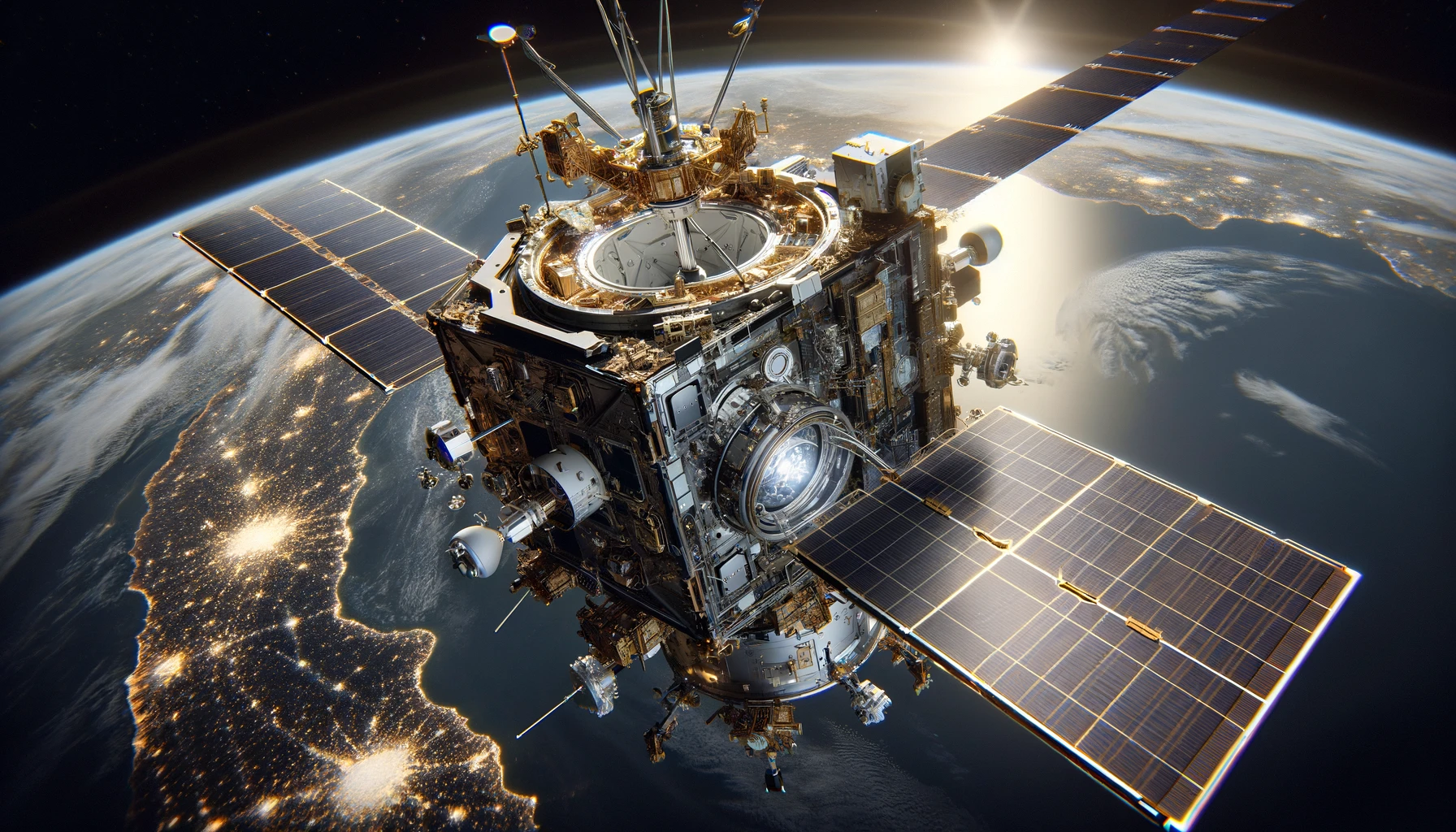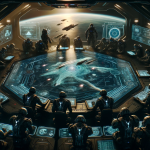NASA‘s Hubble Space Telescope, a cornerstone in astronomical observations since 1990, faced a setback as it entered safe mode on April 23 due to a malfunctioning gyroscope. This gyroscope issue, not new to the Hubble team, has prompted a suspension of all scientific activities as engineers work to address the error. The safe mode, a protective measure, ensures the telescope’s safety by limiting its functions until corrective actions can be determined. NASA is currently exploring possible solutions to allow Hubble to continue its mission, which could include operating the telescope with a reduced number of gyroscopes.
What Led to Hubble’s Safe Mode Activation?
The recent gyroscope failure is not Hubble’s first; similar issues have briefly halted its operations in the past. Each gyroscope is crucial for precisely controlling the telescope’s orientation in space, and the failure of one can severely impact its operational capabilities. The team at NASA is considering several contingency plans, including the potential use of a single gyro for basic operations, to ensure Hubble can still perform some scientific observations despite the reduced gyroscopic support.
How Will This Affect Future Missions?
This incident raises concerns about the aging infrastructure of space instruments and the importance of maintenance missions. Historically, the Hubble Telescope has been serviced five times, most recently in 2009, which included the installation of six new gyroscopes. With three of these still operational, NASA remains hopeful about Hubble’s continued contribution to space exploration, alongside newer observatories like the James Webb Space Telescope.
What Are the Long-Term Solutions?
Looking ahead, NASA plans to further integrate Hubble’s operations with those of the James Webb Space Telescope. This collaboration is expected to maximize the scientific return and extend the lifespan of both telescopes. Despite the challenges, NASA anticipates Hubble will continue to make significant contributions to our understanding of the universe, with the gyro issue presenting another opportunity to innovate and improve the telescope’s systems.
In reviewing related literature, a scientific paper titled “Longevity of Space-based Observatories” from the Journal of Astronomical Telescopes and Systems discusses challenges similar to those faced by Hubble. The paper highlights the importance of regular maintenance and upgrades to extend the operational life of space telescopes. It also underlines the need for developing robust systems that can adapt to failures and minimize downtime.
Further information can be gleaned from other sources such as the BBC’s article “Space Telescopes: The Challenges and Triumphs” and The Guardian’s “Aging Satellites: A Growing Concern for Space Agencies.” These articles discuss the broader implications of aging technology in space and the critical need for international cooperation in space technology maintenance.
Insights and Inferences:
- Hubble could potentially operate with even just one working gyroscope.
- Collaboration between Hubble and newer telescopes could enhance scientific outcomes.
- Engineers are likely to prioritize the development of more resilient gyroscopes.
As Hubble faces these technical challenges, the commitment to space exploration remains unwavering. Initiatives to optimize the use of existing resources, improve technological components, and ensure continuity of scientific research exemplify the proactive steps being taken by NASA. These efforts not only aim to restore Hubble’s functionality but also to secure its role in future astronomical discoveries, thereby contributing to our broader understanding of the cosmos.










